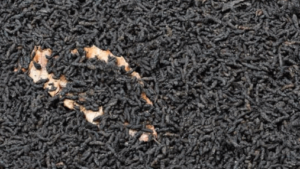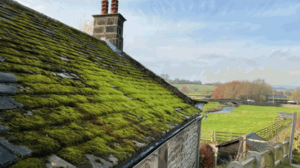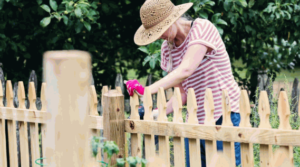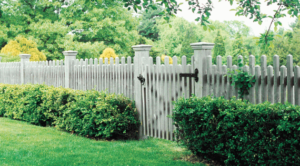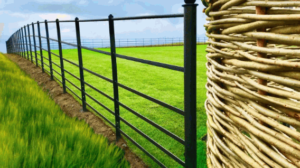Is your shower drain clogged and causing water to pool around your feet? Don’t worry, we’ve got you covered.
This article discusses the common causes of shower drain clogs, the signs to look out for, and most importantly, how to prevent them from happening in the first place.
We also provide you with a list of essential tools needed to tackle the issue yourself and a step-by-step guide on fixing a shower drain clog.
If all else fails, we’ll guide you on when it’s time to call a professional plumber. So, let’s get started on unclogging that drain!
Explore: Can You Use Drain Unblocker In Toilet
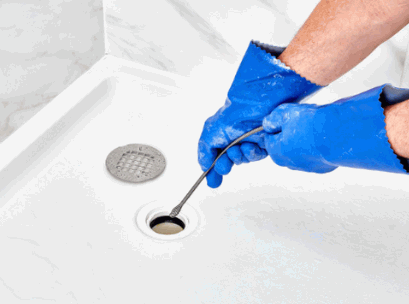
What Causes Shower Drain Clogs?
Shower drain blockages are typically caused by a build-up of hair, soap scum, and other debris that accumulate over time, eventually obstructing the flow of water through the pipes.
Hard water can exacerbate blockage issues by leaving mineral deposits that further restrict water flow. Regular maintenance is crucial to prevent these problems. Simple practices such as using drain catchers to trap hair and debris, pouring hot water down the drain regularly, and occasionally using a mixture of baking soda and vinegar to break down build-up can help keep drains clear.
Incorporating preventive measures like scheduling professional drain cleaning services annually can ensure that any potential blockages are dealt with before they become major obstructions. It’s also advisable to be mindful of what goes down the drain, avoiding disposing of grease, coffee grounds, and other items that could lead to blockages.
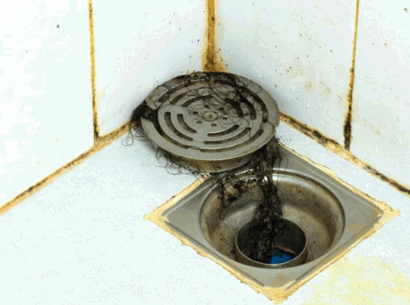
What Are The Signs Of A Shower Drain Clog?
The signs of a shower drain blockage often include slow drainage, stagnant water, unpleasant odours, and in severe cases, mould growth around the drain area.
Identifying these signs early is essential to prevent potential plumbing issues and maintain a healthy bathroom environment. When mould starts to grow around the drain area, it not only indicates a blockage but also poses health risks due to mould spores being released into the air.
- Regular checks can help detect blockages before they worsen, reducing the chances of mould developing.
- Ensuring proper drainage not only prevents blockages but also promotes good hygiene practices and prevents water damage in your bathroom.
How To Prevent Shower Drain Clogs?
Preventing shower drain blockages involves adopting proactive maintenance practices such as using a drain cover, regularly cleaning the drain, and avoiding pouring harmful substances down the drain.
Use A Drain Cover
Using a drain cover is an effective way to catch hair and other debris before they enter the drain, thereby preventing blockages.
There are various types of drain covers available in the market, ranging from simple mesh screens to more sophisticated designs like snap-in covers or suction cup models.
The benefits of using a drain cover extend beyond just preventing blockages; they also help to maintain proper water flow, reduce odours, and protect your pipes from potential damage caused by debris buildup.
When choosing a drain cover for your shower, consider factors such as the size of your drain, the material of the cover, and the ease of cleaning. Opting for a durable stainless steel cover can ensure longevity and efficient performance.
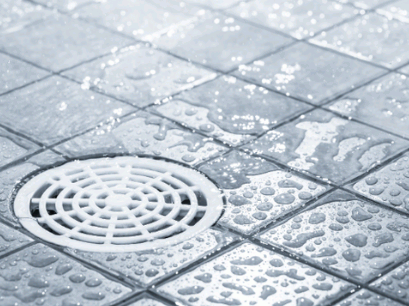
Clear Hair And Debris Regularly
Regularly clearing hair and debris from the shower drain can significantly reduce the risk of blockages and maintain proper water flow.
Experts recommend checking your shower drain at least once a week to ensure it stays clear of any build-up. To effectively clear hair and debris, you can use tools such as a drain snake, which helps dislodge blockages deep within the pipes. Pouring a mixture of hot water and vinegar down the drain can help break down any organic materials. For a thorough clean, consider using a drain cleaning brush to scrub away stubborn residues.
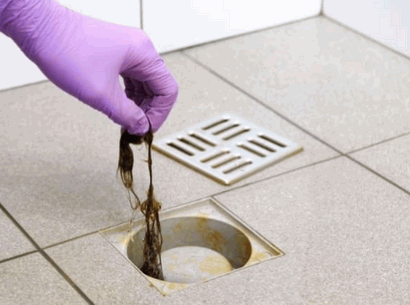
Avoid Pouring Grease Or Oil Down The Drain
Avoiding pouring grease or oil down the shower drain is crucial as these substances can solidify and cause severe blockages.
Grease and oil might appear harmless when washed down the drain, but they can wreak havoc on your plumbing system. When these substances cool, they congeal and stick to the inner walls of the pipes, creating a sticky residue that attracts food particles, hair, and other debris. Over time, this build-up can lead to stubborn blockages that are not only inconvenient but also costly to fix.
To prevent this, it’s essential to dispose of grease and oil properly. You can collect them in a container and then throw them in the bin once they solidify, or better yet, recycle them at designated facilities.
What Are The Tools Needed To Fix A Shower Drain Clog?
Fixing a shower drain blockage typically requires a few essential tools such as a plunger, a drain auger, and common household items like bicarbonate of soda and vinegar, along with commercial chemical cleaners for more stubborn blockages.
Plunger
A plunger is a basic yet effective tool for dislodging minor blockages in the shower drain by creating a vacuum that forces water through the blockage.
When using a plunger, start by ensuring a good seal between the plunger and the drain opening to maximise suction. Push and pull the plunger in a rhythmic motion, maintaining the seal to create pressure that can dislodge the blockage. For better results, cover any overflow holes in the sink or bath to focus the force on the blockage.
There are different types of plungers available, such as cup plungers and flange plungers, each designed for specific drain types.
It is important to remember that plungers are most effective for minor blockages caused by organic matter such as hair or soap scum. For more severe blockages or those caused by non-organic materials, it is recommended to seek professional assistance.
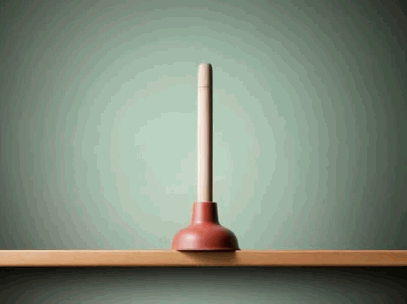
Drain Snake
A drain snake, also known as a plumber’s snake, is a flexible tool used to reach deep into the pipe and remove stubborn blockages caused by hair and debris.
There are several types of drain snakes available to cater to different needs. The most common ones include handheld drain snakes, drum augers, and electric drain snakes.
- Handheld drain snakes, often called closet augers, are convenient for clearing blockages close to the drain opening.
- Drum augers, on the other hand, are suitable for medium to heavy-duty blockages and have a rotating coil for tougher blockages.
- For the toughest blockages, electric drain snakes, also known as drain augers, provide powerful cleaning with their motorised operation. They are efficient in cutting through tree roots, grease, and other stubborn obstructions within the pipes.
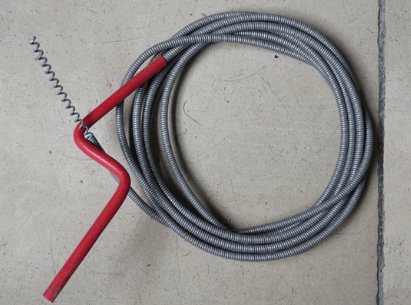
Baking Soda And Vinegar
Bicarbonate of soda and vinegar form a natural, chemical-free solution that can be used to unblock a shower drain by breaking down organic build-up inside the pipe.
To start the process, first pour a kettle of boiling water down the drain to help loosen any greasy residue. Then, sprinkle bicarbonate of soda down the drain and follow it with a mixture of vinegar and hot water – creating a foaming action that helps dislodge debris. Allow the mixture to sit for about 30 minutes before rinsing with hot water again. This combination works by creating a powerful chemical reaction that fizzes away gunk and residue.
Incorporating this method regularly can help prevent future blockages and maintain a healthy drain system without resorting to harsh chemicals.
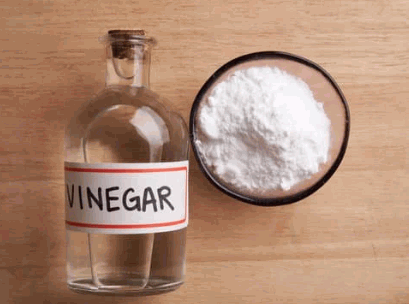
Step-By-Step Guide To Fixing A Shower Drain Clog
Fixing a shower drain blockage can be approached step-by-step using various tools and methods to ensure the blockage is effectively removed, restoring proper water flow.
Remove The Drain Cover
The first step in fixing a shower drain clog is to remove the drain cover, which can be done using a screwdriver or other suitable tools to access the blockage.
- Once you have the required tools ready, use the screwdriver to carefully unscrew the screws that hold the drain cover in place. Be gentle to avoid damaging the cover or the surrounding area.
- As you lift the drain cover off, take a moment to inspect it for any visible signs of damage, corrosion, or buildup that could be contributing to the clog.
- If the drain cover is in good condition, set it aside and use a torch to peer into the drain opening to identify the blockage.
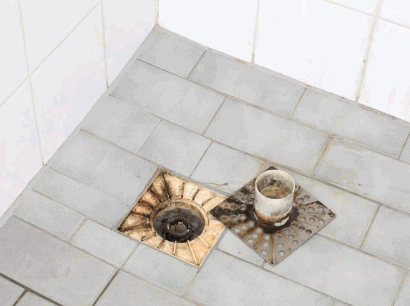
Use A Plunger
Using a plunger involves creating a tight seal around the drain and applying forceful plunges to dislodge the blockage.
When plunging a shower drain, it’s important to cover the overflow opening with a cloth or sticky tape to ensure maximum suction. This helps direct the pressure downwards, increasing the effectiveness of each plunge. For shower drains, a cup plunger or flange plunger works best due to its design and fits well over different drain sizes. Cup plungers are great for flat surfaces like sinks, while flange plungers with an additional rubber piece are ideal for curved drains like those in showers.
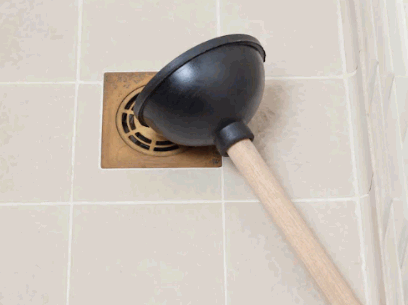
Try A Drain Snake
If the plunger does not work, using a drain snake can help reach and clear deeper blockages in the pipe.
When using a drain snake, start by inserting the auger tip into the drain opening and slowly feeding it down the pipe. Once inside, you can begin to manoeuvre the snake by turning the handle clockwise. The auger tip will catch onto the blockage, allowing you to break it down or pull it out.
It’s important to apply steady pressure while manoeuvring the snake to avoid causing damage to the pipes. When you feel resistance, gently rotate the snake back and forth to help dislodge the obstruction.
After successfully clearing the blockage, slowly retract the drain snake by turning the handle anticlockwise. Regular maintenance using a drain snake can help prevent clogs and keep your pipes running smoothly.
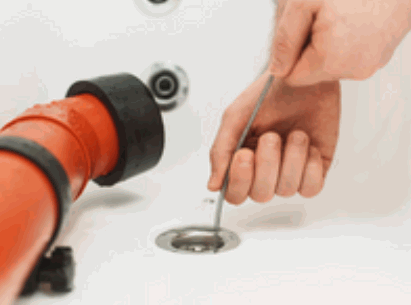
Use Bicarbonate Of Soda And Vinegar
A mixture of bicarbonate of soda and vinegar can be poured down the plughole to naturally dissolve organic buildup and clear the blockage.
Start by pouring half a cup of bicarbonate of soda down the plughole, followed by one cup of white vinegar. Allow the mixture to fizz and work its magic for about 30 minutes. Meanwhile, boil a kettle of hot water.
After the waiting time, flush the plughole with the boiled water to wash away the dissolved buildup. For more stubborn blockages, you can repeat the process or use a plunger to help dislodge the debris.
This method not only effectively clears blockages but also helps prevent future blockages, all without resorting to harsh chemicals that can be harmful to the environment and your pipes.
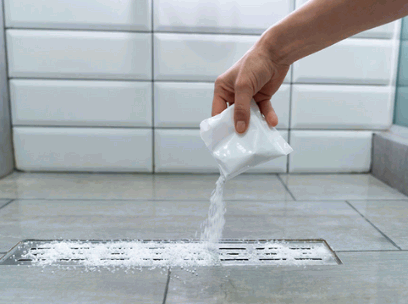
When To Call A Professional Plumber?
Calling a professional plumber is advisable when DIY methods fail to clear the blockage, or if there are signs of severe plumbing issues such as persistent stagnant water or foul odours, which may indicate deeper problems in the plumbing system.
Ignoring plumbing issues can lead to more significant problems like water damage, mould growth, and even structural damage to your home. In severe cases, untreated plumbing issues can result in health hazards due to exposure to harmful bacteria and pathogens present in sewage blockages or contaminated water.
- Professional plumbers have the expertise and tools to accurately diagnose the root cause of the problem and provide effective solutions to ensure your plumbing system functions properly.
- By hiring a professional service, you not only ensure the issue is resolved efficiently but also prevent future recurring problems, saving you time and money in the long run.

